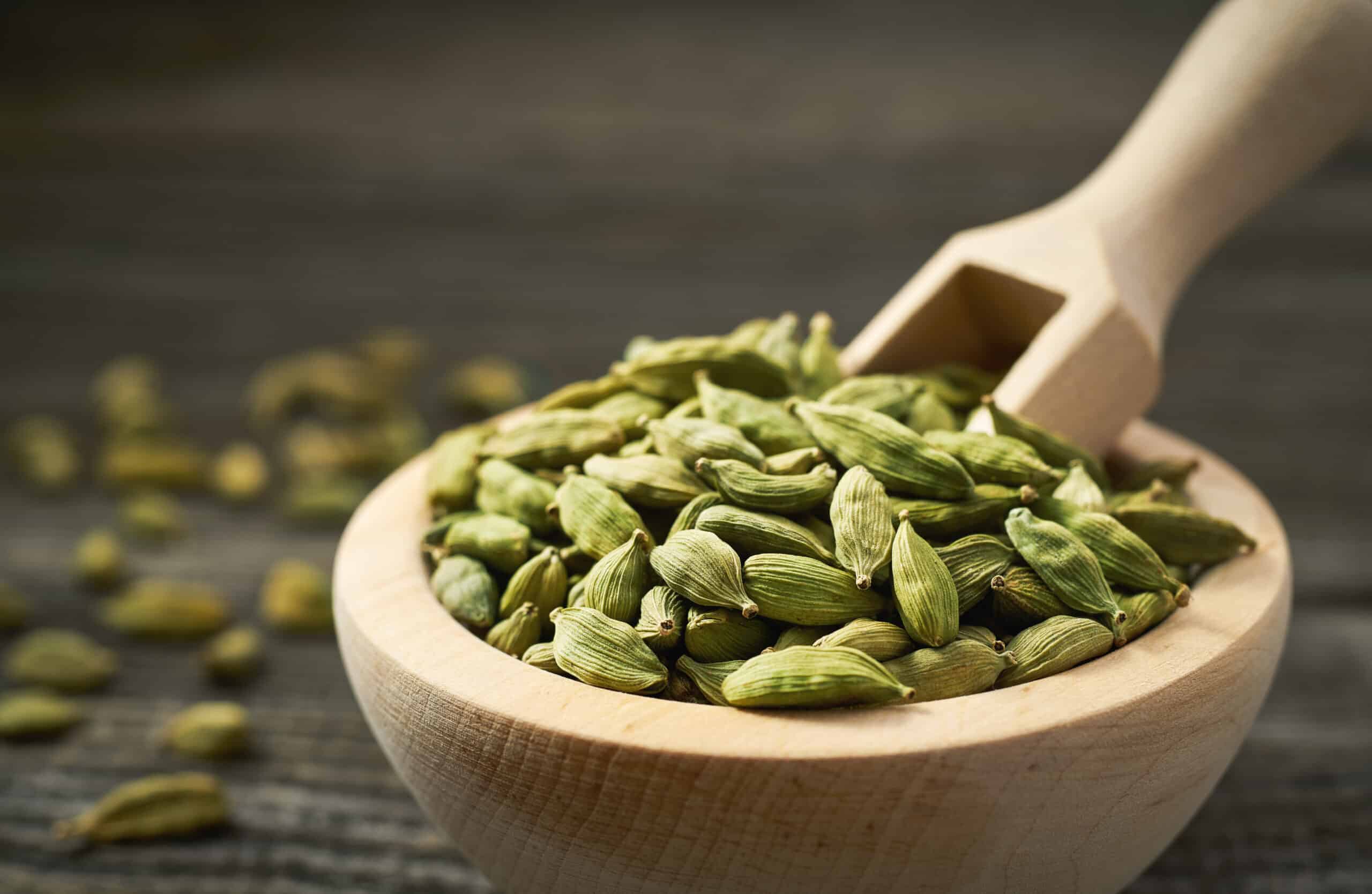Blog
Can I substitute green cardamom for black cardamom?

Swapping green cardamom for black cardamom is not ideal, but it can be done in a pinch, with the understanding that the flavor profile of your dish will be noticeably different. Here’s a breakdown of the key considerations:
-
Flavor Profiles: Green cardamom boasts a bright, citrusy aroma with a slightly sweet and intensely floral taste. Black cardamom, on the other hand, offers a smoky, earthy, and almost medicinal note. While both possess a warming quality, green cardamom leans towards a refreshing sweetness, while black cardamom delivers a deeper, more complex warmth.
-
Applications: Green cardamom shines in sweet dishes like pastries, rice puddings, curries with a touch of sweetness, and beverages like chai. Black cardamom finds its home in savory recipes like stews, braises, and lentil dishes. Its smokiness complements ingredients like root vegetables, meats, and legumes beautifully.
-
Impact on Your Dish: Substituting green cardamom for black cardamom in a savory dish might result in a dish lacking the smoky depth it craves. The floral notes of green cardamom might clash with the earthier ingredients. Conversely, using green cardamom in a sweet recipe might leave it feeling a bit one-dimensional, lacking the complexity black cardamom can provide.
Alternatives to Consider:
If you don’t have black cardamom and can’t find a substitute, consider these options:
- Cumin and Smoked Paprika: A combination of cumin and smoked paprika can provide a similar smoky earthiness to black cardamom, albeit with a slightly different flavor profile.
- Increased Black Pepper: A touch more black pepper can add some warmth and depth, but it won’t replicate the unique smokiness of black cardamom.
- Omit Black Cardamom: Sometimes, simply omitting the black cardamom and adjusting other spices accordingly might be the best course of action.
Adjusting Quantities:
- Less Green Cardamom: Since green cardamom is more potent than black cardamom, you’ll likely need to use a smaller amount. Start with roughly half the quantity of black cardamom called for in the recipe and taste as you go. You can always add more green cardamom, but it’s harder to take it away.
Balancing Flavors:
- Citrus Zest: To compensate for the missing smoky notes of black cardamom, consider adding a touch of citrus zest like lemon or orange. This can help brighten the dish and add a touch of complexity that might otherwise be lost.
- Other Warming Spices: Depending on the recipe, incorporating spices like cloves, allspice, or even a pinch of cinnamon can add a touch of warmth and depth, nudging the flavor profile closer to what black cardamom would provide.
Experimentation:
Don’t be afraid to experiment! Substituting spices often involves creative problem-solving. Consider the overall flavor profile of the dish and explore spices that might complement the existing ingredients while providing a similar warming effect.
Freshness Matters:
Remember, the potency of spices diminishes over time. Ensure your green cardamom is fresh for the best flavor impact when using it as a substitute.
Embrace the Difference:
While the final dish might not be exactly the same as intended, it can still be delicious! Using green cardamom as a substitute can introduce a unique twist on the original recipe. Embrace the opportunity to explore new flavor combinations!
The Final Word:
While green cardamom can be used in a pinch for black cardamom, understand that the flavor profile of your dish will be altered. Consider the specific recipe and explore alternative spices or adjustments to maintain a balanced and harmonious flavor. For the most authentic experience, it’s always recommended to use the spice called for in the recipe.
FAQ:
- Can I substitute green cardamom for black cardamom?
In a pinch, yes, but the flavor profile will be different. Green cardamom is brighter and more floral, while black cardamom has a smoky, earthy depth.
- What’s the difference in flavor between green and black cardamom?
Green cardamom is citrusy, slightly sweet, and intensely floral. Black cardamom offers smokiness, earthiness, and almost medicinal notes. Both have a warming quality, but green leans sweet, and black leans complex.
- When to use green cardamom vs. black cardamom?
Use green cardamom in sweet dishes (pastries, rice pudding) and savory dishes with a touch of sweetness (curries, chai). Black cardamom shines in savory recipes (stews, braises, lentils).
- What happens if I substitute green cardamom for black cardamom?
Savory dishes might lack smokiness and have a clash with floral notes. Sweet dishes might feel one-dimensional without black cardamom’s complexity.
- What are some alternatives to black cardamom if I don’t have green?
Consider a combination of cumin and smoked paprika for a similar smoky earthiness. A touch more black pepper adds warmth, but not smokiness. Omitting black cardamom might be best, adjusting other spices accordingly.
- How much green cardamom should I use for black cardamom?
Use less green cardamom due to its potency. Start with half the amount of black cardamom and taste as you go.
- How can I balance the flavors when substituting green cardamom?
Add citrus zest (lemon, orange) to brighten the dish and compensate for the missing smokiness. Consider other warming spices like cloves, allspice, or a pinch of cinnamon.
- Is it okay to experiment with substitutes?
Absolutely! Explore spices that complement existing ingredients and provide a warming effect. Experimentation can lead to delicious discoveries.
- Does freshness matter when substituting cardamom?
Yes! Ensure your green cardamom is fresh for the best flavor impact as a substitute.
- Will the dish be bad if I use green cardamom instead of black?
Not necessarily! It might be different, but still delicious. Embrace the opportunity to explore new flavor combinations!


